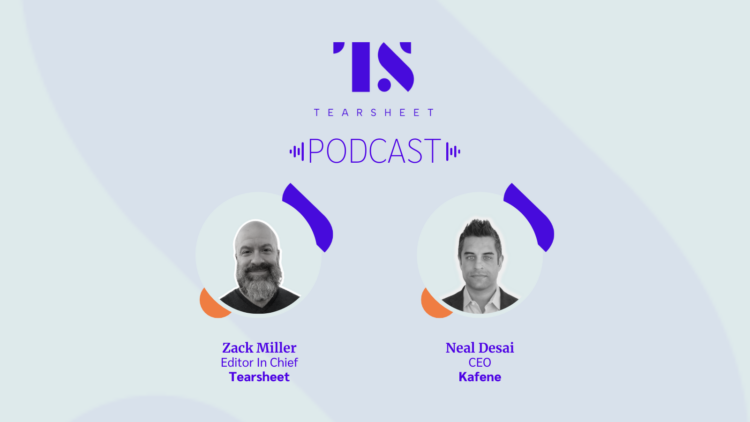Podcasts
‘Is there enough of a buffer in the system to absorb unexpected expenses at the personal level?’: Neal Desai, Kafene
- For many consumers, other payment and lending options don't work for bigger purchases.
- Neal Desai is CEO of lease to own company Kafene -- he joins editor Zack Miller on the podcast.










